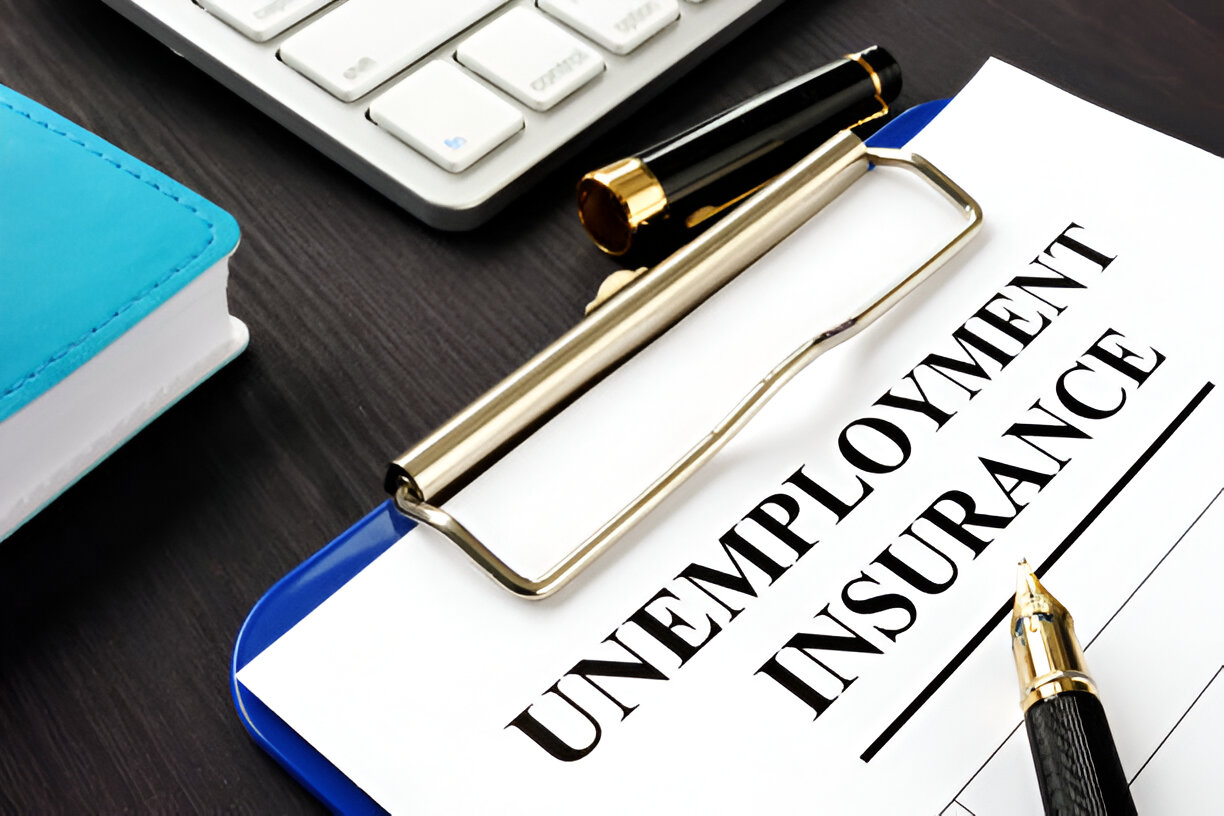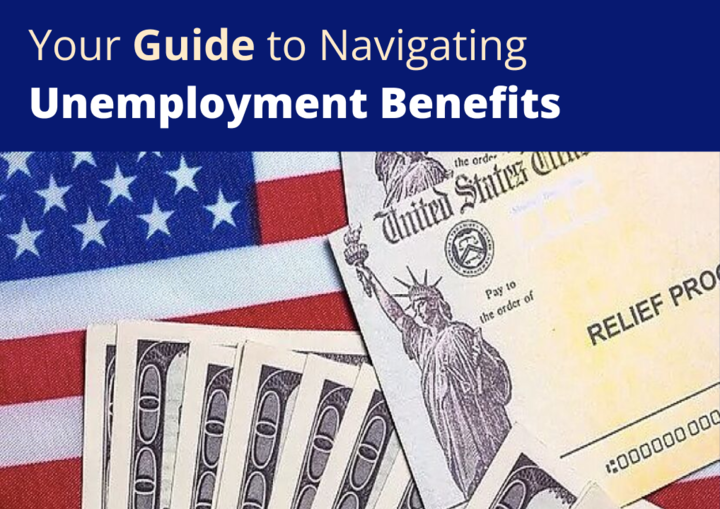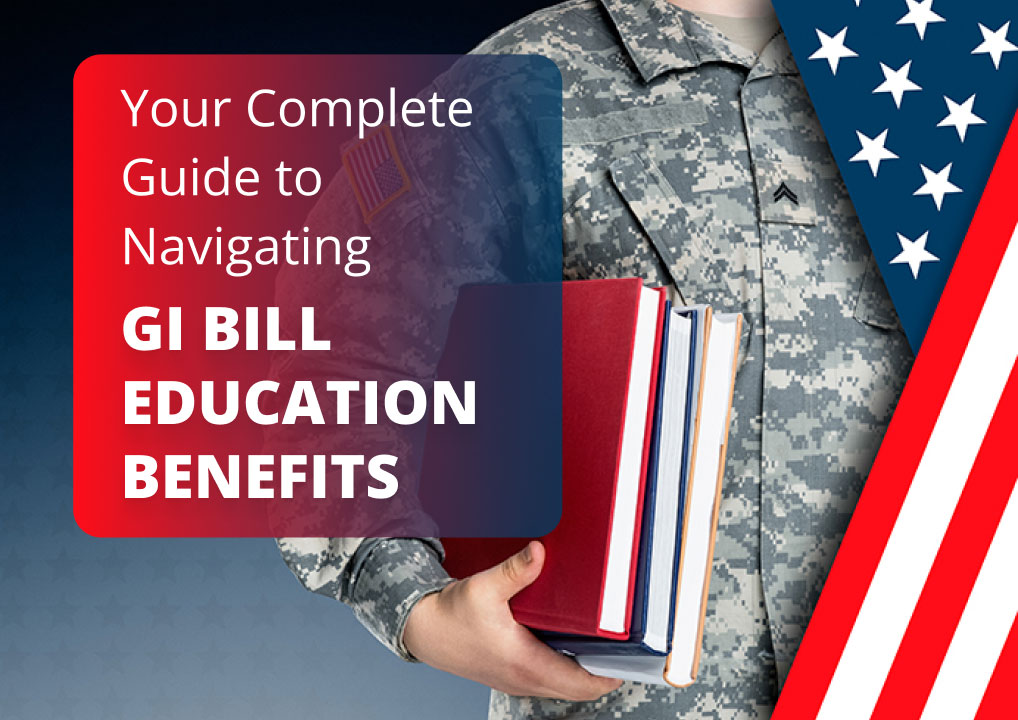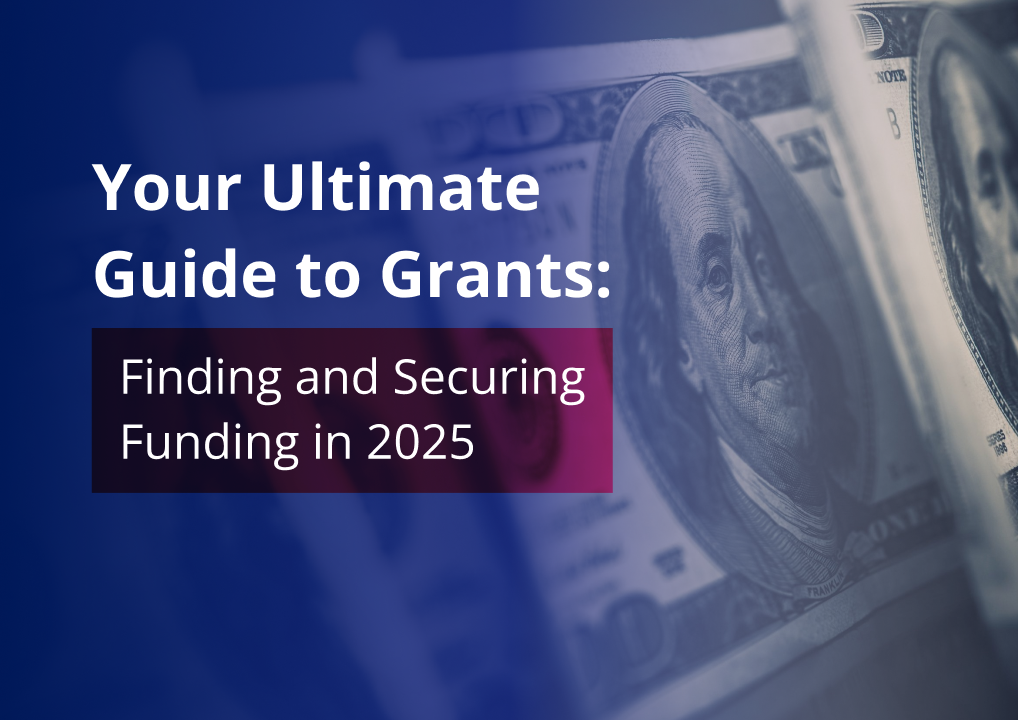Understanding Unemployment Benefits
Unemployment insurance provides temporary financial assistance to workers who have lost theirjobs through no fault of their own. These benefits are designed to partially replace your lostwages while you search for new employment.

Who Qualifies for Unemployment Benefits?
Eligibility requirements vary by state, but generally include:
- Job loss that wasn't your fault (layoffs, downsizing, business closure)
- Meeting your state's work and wage requirements (minimum earnings and work duration)
- Being able and available to work (physically and mentally capable of working)
- Actively seeking employment (documented job search efforts)
Expert Insight : “Many applicants don’t realize that even if they were technically laid off,certain circumstances like violating company policies can still disqualify them from benefits.Always be honest about your separation circumstances.” — Employment Attorney SarahJohnson
Common Disqualification Reasons
| Reason | Explanation | Possible Exceptions |
|---|---|---|
| Voluntary Quit | Leaving a job without good cause | Health reasons, unsafe conditions, significant pay reduction |
| Misconduct | Violation of company policies | Minor infractions may not disqualify |
| Refusal of Suitable Work | Declining appropriate job offers | Job significantly below skill level or pay grade |
| Availability Issues | Not being ready/able to work | Temporary illness with documentation |
| False Information | Providing incorrect details on application | Unintentional errors that are promptly corrected |
How Benefits Are Calculated
Most states determine your weekly benefit amount based on your previous earnings during a”base period,” typically the first four of the last five completed calendar quarters before yourclaim. The maximum benefit period usually ranges from 12 to 26 weeks, though extensions maybe available during periods of high unemployment.

Sample Benefit Calculation
| Previous Quarterly Earnings | Calculation Method | Weekly Benefit Amount |
|---|---|---|
| Q1: $10,000 | Based on highest quarter | $385 |
| Q2: $12,000 | (Varies by state) | |
| Q3: $11,500 | ||
| Q4: $12,500 | ||
| Total Base Period: $46,000 | Maximum Benefit Duration: 26 weeks | Total Potential Benefits: $10,010 |
Note : This is just an example. Actual calculations vary significantly by state. Some states usea percentage of your highest quarter earnings, while others use a percentage of your averageweekly wage during the base period.
The Application Process: Step-by-Step Guide
Filing for unemployment benefits has become more streamlined in recent years, with most statesoffering online application systems.

Step 1: Gather Required Documentation
When applying, you’ll typically need:
- Social Security number
- Driver's license or state ID
- Employment history for the past 18 months (company names, addresses, phone numbers)
- Dates of employment and separation reasons
- Contact information for previous employers
- Bank account information for direct deposit
- For non-citizens: Alien Registration Number
- For federal employees: SF-8 and SF-50 forms
- For military personnel: DD-214 form
Step 2: Submit Your Initial Claim
Most states offer multiple application methods:
- Online: Fastest method (available 24/7)
- Phone: Useful for those with limited internet access
- In-person: Available at local unemployment offices (may require appointment)
Step 3: Complete the Intake Interview
After submitting your claim, you may need to complete an interview with an unemployment representative to verify details about your work separation. Be prepared to explain:
- Why you left your job
- Whether you're actively seeking work
- Any income you're currently receiving
Step 4: Receive Determination Letter
Within 2-3 weeks of filing, you’ll receive a determination letter stating:
- Whether you qualify for benefits
- Your weekly benefit amount
- Your total benefit entitlement
- Instructions for certification and claiming weekly benefits
Common Application Mistakes to Avoid
| Mistake | Consequence | Prevention Tip |
|---|---|---|
| Missing deadlines | Delayed or denied benefits | Set calendar reminders for all required certifications |
| Incomplete work history | Processing delays | Gather all employment details before starting application |
| Inaccurate separation reason | Potential disqualification | Be truthful and specific about why you left each job |
| Unreported income | Overpayment and penalties | Track and report all earnings, including part-time work |
| Insufficient job search documentation | Benefit suspension | Maintain detailed records of all job search activities |
Maintaining Your Benefits: The Weekly Certification Process
Once approved, you’ll need to certify your continued eligibility regularly, usually weekly or bi-weekly.

Certification Requirements
Within 2-3 weeks of filing, you’ll receive a determination letter stating:
- Any work performed and wages earned (before taxes)
- Job search activities with specific details (company names, contact information)
- Any job offers received and the outcome
- Any changes in your availability to work
- Any other income received (severance, vacation pay, etc.)
Sample Job Search Log
| Date | Company | Position | Contact Method | Contact Person | Result/Follow-up |
|---|---|---|---|---|---|
| 4/02/2025 | ABC Corp | Marketing Manager | Online Application | N/A | Application submitted, scheduled to follow up in one week |
| 4/03/2025 | XYZ Inc. | Digital Marketer | John Smith | Sent resume, received confirmation of receipt | |
| 4/05/2025 | Local Business | Social Media Specialist | In-person | Mary Johnson | Completed interview, awaiting decision |
Important : Most states require you to document 2-5 job search activities per week. Keepdetailed records even beyond what your state requires in case your claim is selected for audit.
Job Search Strategies During Unemployment
Maintaining an active job search is essential both for finding new employment and for fulfillingunemployment benefit requirements.

1. Create a Strategic Plan
| Time Period | Activities | Goals |
|---|---|---|
| Daily | Check job boards, send 2–3 applications | Build consistent application habit |
| Weekly | Attend 1 networking event, update job search log | Expand professional connections |
| Monthly | Revise resume, learn 1 new skill | Continuously improve marketability |
2. Update Your Professional Materials
- Tailor to target industries
- Highlight quantifiable achievements
- Include relevant keywords
- Keep to 1-2 pages
Online Presence Optimization:
- Professional LinkedIn profile with industry keywords
- Portfolio website (if applicable)
- Clean social media profiles
3. Expand Your Network
- Attend industry events and job fairs
- Join professional organizations
- Reconnect with former colleagues
- Schedule informational interviews

4. Skill Development Opportunities
| Skill Type | Free/Low-Cost Resources | Benefit to Job Search |
|---|---|---|
| Technical Skills | Coursera, edX, YouTube tutorials | Direct qualification for specific roles |
| Soft Skills | LinkedIn Learning, local workshops | Improved interview performance |
| Industry Certifications | Professional association courses | Credential for resume enhancement |
| Software Proficiency | Microsoft/Google training programs | Immediate application to job tasks |
5. Consider Alternative Work Arrangements
- Temporary positions
- Contract/freelance work
- Part-time employment
- Gig economy opportunities
Success Story : “After being laid off from my marketing position, I took several freelance projects while job searching. Not only did this help financially, but one of those clients eventually hired me full-time at a higher salary than my previous job.” — Michael T. Marketing Director
Managing Your Finances During Unemployment
Creating a sustainable financial plan is crucial during periods of reduced income.

Emergency Budget Template
| Expense Category | Regular Budget | Unemployment Budget | Reduction Strategies |
|---|---|---|---|
| Housing | $1,500 | $1,500 | Explore mortgage forbearance or rent assistance programs |
| Utilities | $300 | $250 | Reduce usage, explore assistance programs |
| Food | $600 | $400 | Meal planning, reduced dining out, food assistance programs |
| Transportation | $400 | $200 | Limit unnecessary travel, public transportation |
| Insurance | $350 | $350 | Explore payment deferrals, maintain critical coverage |
| Debt Payments | $500 | $300 | Contact creditors about hardship programs |
| Entertainment | $300 | $50 | Free activities, library resources, streaming service consolidation |
| Miscellaneous | $200 | $100 | Postpone non-essential purchases |
| TOTAL | $4,150 | $3,150 | $1,000 monthly reduction |
Financial Assistance Programs
- Supplemental Nutrition Assistance Program (SNAP) : Food benefits for low-income households
- Temporary Assistance for Needy Families(TANF) : Cash assistance for families with children
- Low Income Home Energy Assistance Program(LIHEAP) : Help with energy bills
- Medicaid/Marketplace Health Insurance : Subsidized healthcare options
- Housing Choice Voucher Program (Section 8) : Rental assistance
Healthcare Options During Unemployment
Maintaining health coverage is essential during unemployment periods.

Healthcare Coverage Comparison
| Option | Cost | Coverage | Eligibility | Application Time | Pros/Cons |
|---|---|---|---|---|---|
| COBRA | Full premium cost + 2% admin fee | Same as previous employer plan | Former employees of qualifying companies | 60 days after job loss | Pro: Same coverage Con: Very expensive |
| ACA Marketplace | Income-based subsidies available | Comprehensive plans with varying deductibles | Job loss is qualifying event | Special enrollment period of 60 days | Pro: Potentially subsidized Con:New provider networks |
| Medicaid | Free or low cost | Comprehensive coverage | Income-based, varies by state | Any time | Pro: Low/no cost Co:Limited providers in some areas |
| Short-term Plans | Varies, often lower premiums | Limited coverage,may exclude pre-existing conditions | Generally available to healthy individuals | Any time | Pro: Lower cost Con: Limited benefits |
Additional Resources and Support
Many supplemental programs are available to those experiencing unemployment:
Government Assistance Programs
| Program | Benefits | Eligibility | Application Process |
|---|---|---|---|
| SNAP (Food Stamps) | Monthly food assistance | Income-based | Apply through state agency |
| TANF | Cash assistance for families | Families with children, income-based | Apply through state agency |
| WIC | Nutrition assistance | Pregnant women, new mothers, kids under 5 | Apply through local WIC office |
| LIHEAP | Heating/cooling bill help | Income-based | Apply through state agency |
| Medicaid | Healthcare coverage | Income-based | State agency or healthcare.gov |
Community Resources
- Food Banks and Pantries : Provide free groceries to those in need
- Community Action Agencies : Offer various support services including financial assistance
- 211 Helpline : Connects you to local resources based on your needs
- Places of Worship : Many offer support programs for community members
- Library Services : Free internet access, job search resources, and educational materials

Preparing for Reemployment
As you prepare to reenter the workforce, focus on presenting yourself as a valuable asset topotential employers.
Interview Preparation Checklist
| Preparation Area | Action Items | Resources |
|---|---|---|
| Research | Study company background, recent news, key personnel | Company website, LinkedIn, news articles |
| Practice | Prepare answers for common questions, develop relevant examples | Mock interviews, career coaching services |
| Presentation | Plan professional outfit, prepare copies of resume and references | Professional attire guidelines online |
| Questions | Develop 3-5 thoughtful questions to askinterviewers | Industry forums, networking insights |
| Follow-up | Plan thank you email/letter strategy | Email templates, professional communication guides |
Addressing Employment Gaps
- Be honest but strategic: Focus on skills developed during unemployment
- Highlight productive activities: Mention volunteering, education, freelance work
- Show enthusiasm for returning: Express energy and readiness to contribute
- Prepare a brief explanation: Practice a 30-second response about your unemployment period

State-Specific Information
Unemployment benefits vary significantly by state. Below is a comparison of selected states:
Sample State Benefit Comparison
| State | Weekly Benefit Range | Maximum Duration | Waiting Period | Work Search Requirements |
|---|---|---|---|---|
| California | $40–$450 | 26 weeks | 1 week | 3 job contacts per week |
| Texas | $69–$535 | 26 weeks | None | 3 job search activities per week |
| New York | $104–$504 | 26 weeks | None | 3 work search contacts per week |
| Florida | $32–$275 | 12 weeks | 1 week | 5 job contacts per week |
| Massachusetts | $33–$855 | 26 weeks | 1 week | 3 job search activities per week |
For detailed information specific to your location, visit your state’s unemployment insurance website or consult OPG Guides’ Free Unemployment Guide
for state-by-state resources.
Common Questions About Unemployment
Can I work part-time while receiving benefits?
Yes, but your benefits may be reduced based on your earnings. Most states use a partial benefit formula.
Example Partial Benefit Calculation:
| Scenario | Full Weekly Benefit | Part-time Earnings | Earnings Disregard | Benefit Reduction | Final Weekly Benefit |
|---|---|---|---|---|---|
| Example 1 | $400 | $150 | $100 | $50 reduction | $350 |
| Example 2 | $400 | $300 | $100 | $200 reduction | $200 |
| Example 3 | $400 | $500 | $100 | $400 reduction | $0 |
Note: This is a simplified example. Actual formulas vary by state, with most using apercentage-based calculation rather than a flat disregard amount.
What if my claim is denied?
You have the right to appeal the decision. Each state has a specific appeals process with strictdeadlines.
Appeal Process Timeline
| Step | Time frame | Actions Required | Tips for Success |
|---|---|---|---|
| Initial Denial | — | Receive writtendetermination | Read carefully for appealinstructions |
| File Appeal | 10-30 days from denial(varies by state) | Submit written appeal form | Include claim number and clearreasons for appeal |
| Hearing Scheduled | 2-6 weeks after appeal | Receive hearing notice | Prepare documentation andwitnesses |
| Appeal Hearing | 30–90 mins | Present your case | Bring all relevant documents, beconcise |
| Decision | 1-3 weeks after hearing | Receive written decision | Follow instructions for further appeals if denied |
Do I have to pay taxes on unemployment benefits?
Yes, unemployment benefits are considered taxable income at the federal level. Some states alsotax these benefits.
Tax Considerations
| Tax Level | Taxability | With holding Options | Form |
|---|---|---|---|
| Federal | 100% taxable | Optional 10% with holding | Form 1099-G (issued by January 31) |
| State | Varies by state | Varies by state | State tax forms |
Tax Planning Tip: Consider having taxes withheld from your benefits to avoid a large tax billwhen filing your return. You can request this through your state’s unemployment system usingForm W-4V.
Can I receive benefits if I quit my job?
Generally, you must have lost your job through no fault of your own to qualify. However, someexceptions exist for situations like unsafe working conditions or certain personal circumstances.
Valid Reasons for Quitting (Varies by State)
| Category | Examples | Documentation Needed |
|---|---|---|
| Health Reasons | Medical issues, unsafe conditions | Doctor's note, incident reports |
| Family Obligations | Caring for ill family member, domestic violence | Medical documentation, police reports |
| Work-Related | Significant pay reduction, harassment | Pay stubs, HR complaints |
| Relocation | Military spouse transfer, domestic violence escape | Military orders, police reports |

Staying Positive During Unemployment
Maintaining your mental health is just as important as managing your finances:
Daily Wellness Practices
| Area | Activities | Benefits |
|---|---|---|
| Physical Health | 30-minute daily exercise, balanced meals | Reduced stress, improved sleep, maintained energy |
| Mental Wellbeing | Meditation, journaling, limiting news consumption | Decreased anxiety, improved focus |
| Social Connection | Weekly calls with friends/family, online groups | Reduced isolation, networking opportunities |
| Skill Development | 1 hour daily learning, online courses | Enhanced resume, sense of accomplishment |
| Routine | Consistent wake/sleep times, scheduled job search hours | Structure, productivity, normalcy |

Looking Forward: Rebuilding After Unemployment
Remember that unemployment is temporary. Use this time not only to find your next job but alsoto reflect on your career goals and potentially explore new directions.
Career Transition Success Stories
| Previous Field | New Field | Transferable Skills | Training Needed | Outcome |
|---|---|---|---|---|
| Retail Management | Corporate Training | communication, leadership, customer service | Training certification (6weeks) | 15% salary increase |
| Administrative Assistant | Digital Marketing | Organization, communication, basic design | Digital marketingcourse (3 months) | Remote work flexibility |
| Restaurant Service | Healthcare Administration | Customer service, multitasking, problem-solving | Medical terminology course (8 weeks) | Improved benefits, stable schedule |

Building Financial Resilience for the Future
- Emergency Fund: Aim to rebuild with 3-6 months of expenses
- Multiple Income Streams: Develop side skills that can generate additional income
- Continuous Learning: Invest in high-demand skills for your industry
- Network Maintenance: Regularly nurture professional connections, not just during jobsearches
- Career Planning: Develop 1-year, 3-year, and 5-year career goals with actionable steps
For more detailed information and state-specific guidance, visit OPG Guides’ comprehensiveunemployment resource, which provides regularly updated information on benefit programs, eligibility requirements, and application processes.







